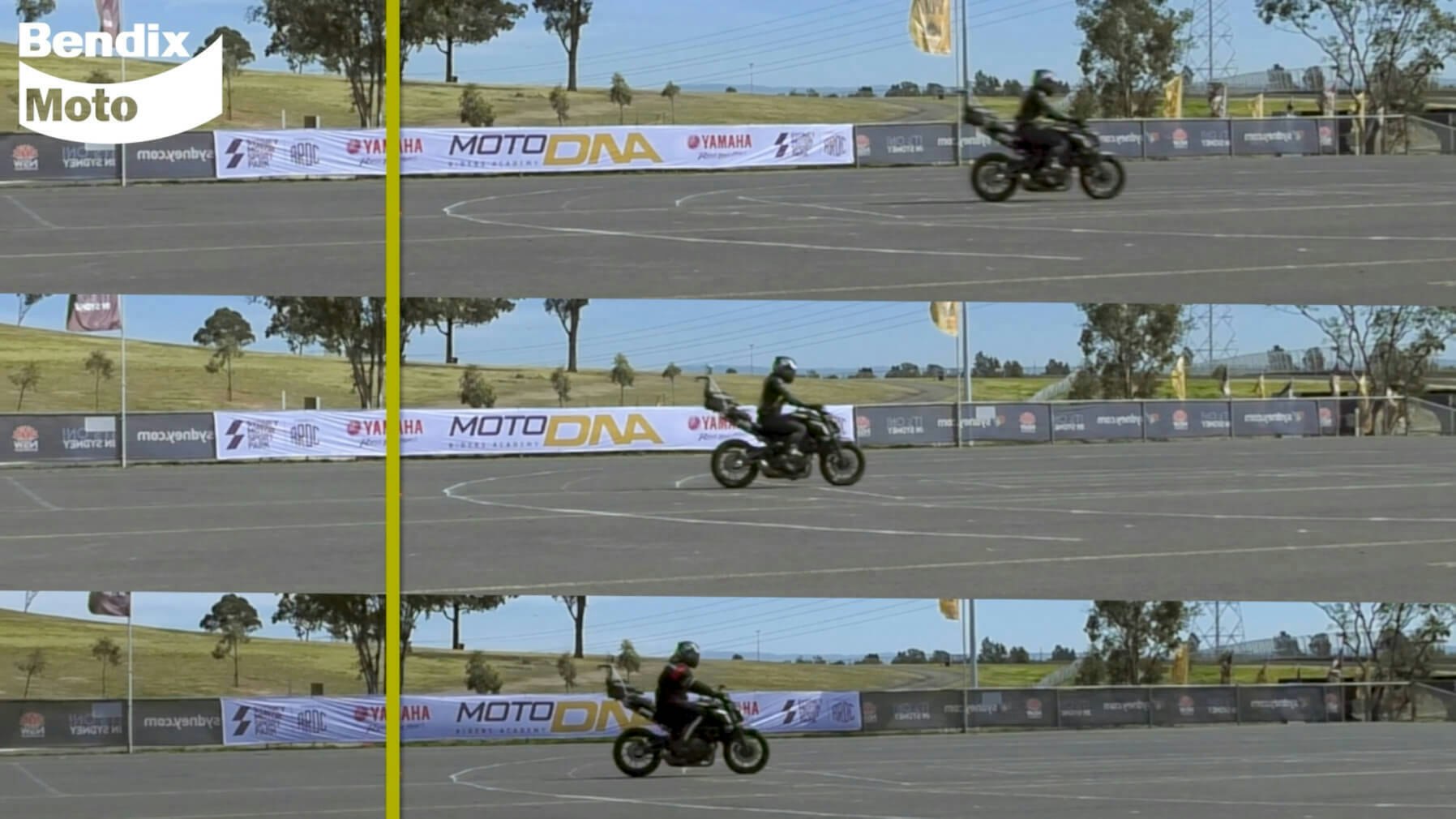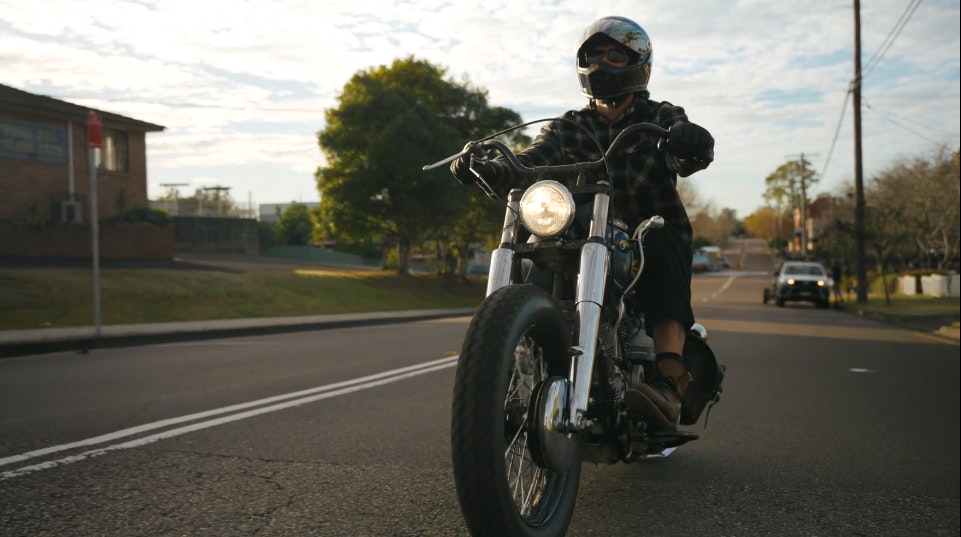The front brake does most of the work in bringing a motorcycle to a safe standstill, yet many riders are afraid – and often lack the skill – to properly use the front brake. It’s a concern that Bendix Moto training partner, motoDNA has seen time and time again through its rider programs, and one that it’s addressing through its Digital Academy.
As with every motorcycle skill, the more practice that’s done, the more proficient a rider becomes, and when you match great skills with quality brake pads such as those available in the Bendix Moto range, it’s a combination that will help riders stay out of trouble on the roads and tracks.
Conquering the front brake
On just about all bikes, the front brake is the most powerful tool to slow a rider down, so here are some simple step by step instructions from motoDNA covering how to properly use the front brake to maximum effect. Let’s start with advice on how to ‘cover the front brake’.

Step 1 – Covering the brake
Covering the brake is all about being ready to apply the brake if there’s a likelihood the rider will need to stop suddenly, such as at traffic lights or an upcoming intersection. If there are any concerns, riders should go to the brake early. By positioning their fingers at the ready over the brake lever, precious time is saved if they need to stop quickly.
This split-second advantage can be crucial in high pressure scenarios where every moment counts. As well as reducing reaction time, there’s a greater chance that a rider will be ready to apply maximum braking force when required, further reducing the risk of an accident.

Step 2 – Transition
Ensuring a smooth transition from throttle to braking is also paramount in maximising the effectiveness of the front brakes.
While it’s important to react quickly, riders need to avoid being abrupt because this can lead to instability and loss of control, especially during high-speed manoeuvre or emergency stops. The goal is to shift weight forward, putting weight onto the front tyre. This pitching or forward weight transfer optimises the tyre’s grip on the road surface for more efficient stopping.
To avoid locking the front wheel, or actuating the ABS brakes prematurely (both of which will increase braking distance), the transition needs to be executed with finesse and precision, the brakes can’t simply be slammed on.

Step 3 – Rate of application
After the initial brake application, the ‘rate’ refers to how quickly the rider can apply brake pressure and reach peak pressure, which is the maximum force exerted on the brake lever – this has a direct correlation to how quickly the motorcycle will decelerate.
Being able to reach peak brake pressure quickly minimises the time it takes the motorcycle to stop and helps maintain the rider’s stability and control over the bike. Using quality brake pads also helps achieve peak brake pressure faster, by providing a more secure bite on the rotor, while minimising the likelihood of brake fade. It’s also important to have brake pads that best suit your particular riding style and the type of motorcycle you have.
Bendix Moto offers two pad options Ultimate+ and Street Road Track; they suit a broad range of Japanese, European, American and Chinese motorcycle models across a variety of categories.

Ultimate+ is perfect for the everyday commuter or casual rider and suitable for cruisers, commuters and small / medium trail and touring bikes.
For spirited riding of mid to large capacity bikes and heavier machines there’s the Street Road Track which are designed to stick to rotors faster and deliver more predictive braking in all conditions.
Step 4 – Be progressive
When it comes to motorcycle braking, the goal is to be progressive in the way that brake pressure is applied. By gradually increasing pressure on the brakes, the rider allows the motorcycle’s weight to transfer more smoothly onto the front tyre, maximising grip on the road and increasing control and stability during braking manoeuvres.
This contrasts with the ‘on-and-off’ braking technique that many less skilled riders use, which can unsettle the motorcycle and adversely affect grip by unloading the front tyre. This can lead to unpredictable handling, increased stopping distances and other potentially dangerous situations, particularly when emergency braking and on poor road conditions.

Step 5 – Peak brake pressure
Peak brake pressure or G force (how hard you squeeze the brake lever) is Step 5. Most bikes are capable of decelerating at over one G (one times the force of gravity), however motoDNA’s data shows that most riders can not fully harness their bike’s braking ability. Achieving peak brake pressure requires a delicate balance between exerting enough force to decelerate rapidly, while maintaining control and stability.

It all comes down to practice. By practicing in a controlled environment and in 5 per cent increments, riders can systematically push their braking limits while maintaining control and building confidence. This incremental approach allows riders to gauge their progress while building muscle memory, enhancing their ability to apply and modulate brake pressure effectively in real-world riding situations.
For riders looking to ensure their improving skill sets are complemented with high-quality braking components, Bendix Moto includes a brake pad selector to match the rider with the correct pads for their bike and riding style. It’s just another way that Bendix helps the motorcycle community to stay safe and ride with confidence.
Ride safely — Find the right brakes for your bike

 Australia
Australia
 New Zealand
New Zealand

